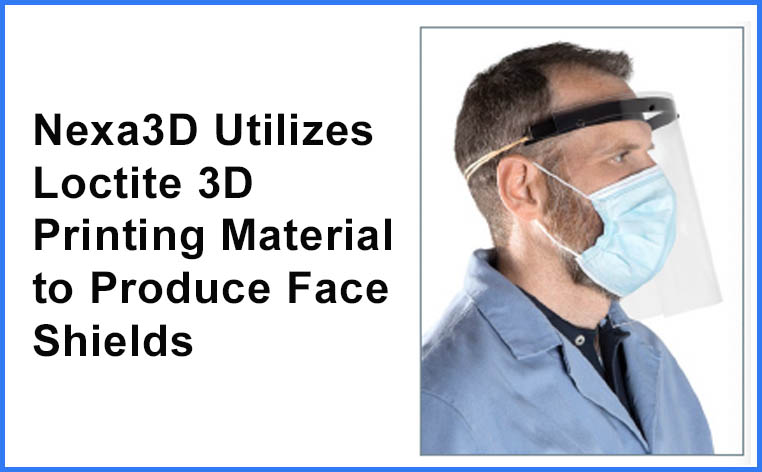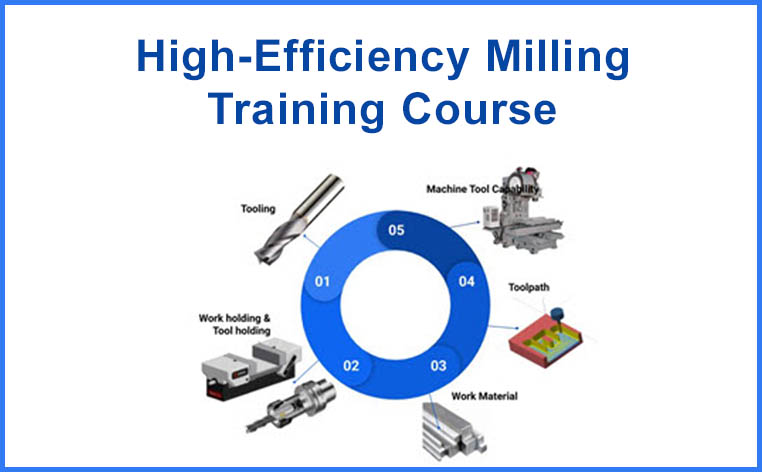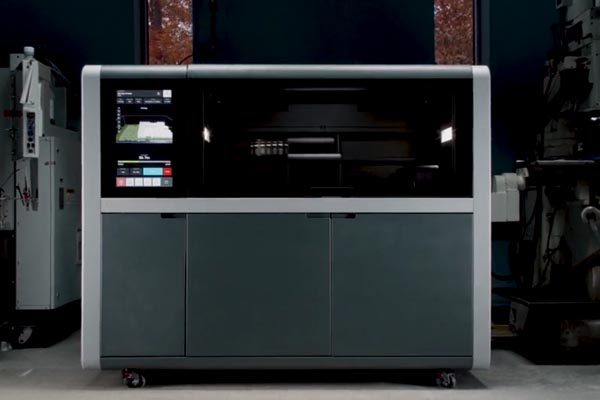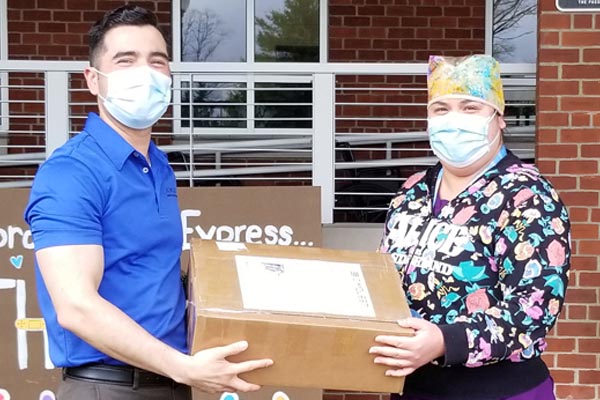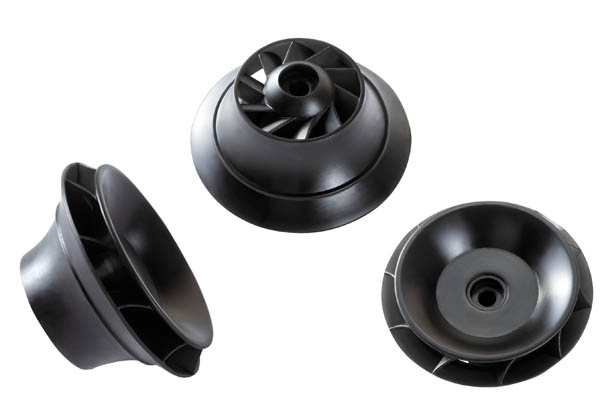Batch Processing in Control X
With Control X, you can prepare an inspection routine to process a single scan or point cloud against a nominal CAD model and create whatever inspection criteria you require, including; Color Maps, Whisker Plots, 2D and 3D Dimensions, GD&T callouts, Feature Deviation Comparisons, as well as date and time-stamped inspection reports. In addition, the 3D inspection criteria consisting of datums, dimensions with tolerances and GD&T can automatically import into Control X from your CAD software as PMI or Product Manufacturing Information. PMI enables the seamless transfer of dimensional information from CAD into Control X and then the dimensions get automatically evaluated once the scan is aligned to the CAD model. But what happens when you have 10 or 100 or even 1,000 parts to inspect? Would you need to run through the process that many times? Batch Processing in Control X takes care of that. It enables you to setup a set of conditions and then run the exact same process numerous times. So, if there are 1,000 parts to be inspected, there would be 1,000 scans. They could reside in the same or different folders and you would proceed with the following process. First, have the initial file open. That being the [...]
Nexa3D Utilizes Loctite 3D Printing Material to Produce Face Shields for Thousands of Front Line Workers
Background Today, under normal circumstances, face shields are used by millions of people. In addition to medical workers, they are utilized by dental providers, veterinarians, laboratory workers, emergency medical technicians, police, firefighters, and cleaning crews who deal with spills and contaminated waste. With the onset of the pandemic, they are also being worn by workers at utilities, logistics, retail, and other essential businesses. Face masks have been shown to significantly reduce the risk of inhalation and other forms of contact with infectious pathogens. In fact, several studies have shown them to reduce specific types of viral exposure by 68% to as much as 96%. Further, they are typically more comfortable to wear and reduce the risk of autoinoculation by preventing the user from touching their face. Traditional manufacturers of face shields include companies like Honeywell, 3M, and Medline Industries. They are typically sold to hospitals and health care providers by medical providers. In the face of the pandemic however, others have leaned in and are now producing face masks. Some of the more notable companies include Apple, Nike, SpaceX, Ford, and Amazon. Technician wearing 3D printed face mask. The Challenge Technician wearing 3D printed face mask.Since the onset of the COVID [...]
Next High Efficiency Milling Course
Our High-Efficiency Milling course is becoming very popular and we will be running the next course at Cimquest HQ in Branchburg, NJ on June 16-18, 2020. All social distancing precautions will be taken. If you are looking for more ways to stay competitive in today’s rapidly changing manufacturing environment it is imperative that you stay on top of new and emerging technologies. This new Manufacturing Training series will take you to the next level and improve your machining production. These training courses will teach you how to implement, evaluate and select components for high-efficiency milling to get shorter cycle times, reduce tool wear and extend machine life. You will learn guidelines to selecting key components with hands-on interactions to build your ability in identifying and creating an efficient milling process. For more information and to register for this course, please click the button below. More details and registration
Desktop Metal Shop System Overview
The Desktop Metal Shop System is the world’s first metal binder jetting machine and it’s designed with the modern machine shop in mind. The Shop System offers superior surface finish and resolution on metal parts and it does this without the labor-intensive support removal required with traditional metal systems. To begin the printing process, the printer spreads metal powder across the build bed. Next, it precisely jets a binding agent to bond loose powder and define part geometry. Once the layer is complete, the build bed lowers and a new layer of powder is spread. The process repeats until the build volume is packed with bound parts. The surrounding loose powder serves as the support material throughout the build. Once a build is complete, the build box is removed and placed in a drying oven, followed by powder station for bulk and fine depowdering. Loose powder is recovered through a built-in recycling system. In the final step, parts are placed in a shop-safe furnace for batch sintering. After cooling, the parts are hand removed from sintering setters. This hand removal eliminates Hours of machining off supports typical to laser-based systems. Final parts are fully dense and near-net shape right out of the furnace. [...]
Cimquest Responds to the Pandemic
Cimquest’s business is to help people. So, at a time of global emergency, it comes as no surprise that Cimquest and its staff were quick to lend their resources to the fight against COVID-19. “Our headquarters are in New Jersey, and that has been one of the areas hardest hit by the Coronavirus. Luckily, everyone is chipping in. A lot of our customers are changing what they’re doing to help out,” shared Shawn Crews, president of Cimquest. While most of Cimquest’s 60 employees are working safely from home, a select few are running the 3D printers in their New Jersey lab to produce PPE for medical personnel. Cimquest Founder and CEO Rob Hassold made sure that this skeleton crew is practicing social distancing and taking extra sanitary measures as they work in the printing labs. The projects these employees are working on were brought to them by Jimmy Barrera, engineering services manager. Various requests from hospitals had come in to produce headbands for face shields. Barrera assessed each individual need and then consulted Crews and Hassold as to what Cimquest could do to help. In most cases, Cimquest 3D printed the headbands at no charge as a donation. The end customer then assembled [...]
Nexa3D Launches New High-Performance Polymer Material xCE-Black
Fast single cure polymer for heavy-duty parts and injection molding tools High flexural strength comparable only to dual-cure cyanate ester resins Isotropic properties for automotive, electronics and industrial components Nexa3D, the maker of ultra-fast stereolithography production 3D printers, recently announced the immediate availability of its latest additive manufacturing material xCE-Black, a high performance polymer for producing end-use plastic parts and injection molding tools in minutes. Nexa3D’s new material is a single cure polymer that delivers higher flexural strength compared to those typically achieved only in dual cure cyanate ester resins. xCE-Black has excellent isotropic properties and exhibits long-term environmental stability making it well suited for a variety of automotive parts, electronics and many industrial components as well as the production of injection molding tools. “Our rapid materials portfolio and reseller network expansion are consistent with our post-Covid-19 plan to deliver greater supply chain resiliency to our customers,” said Izhar Medalsy, COO, Nexa3D. “With every addition of new materials and market coverage, we are taking decisive steps to deliver a substantial speed and productivity upgrade to our customers through our fast industrial printers and high-performance polymers at an attractive cost of ownership.” The company tested xCE-Black extensively in a variety of end uses and [...]



